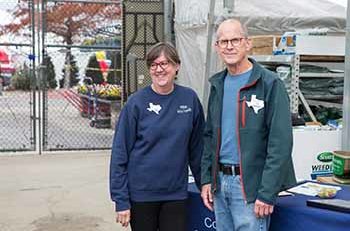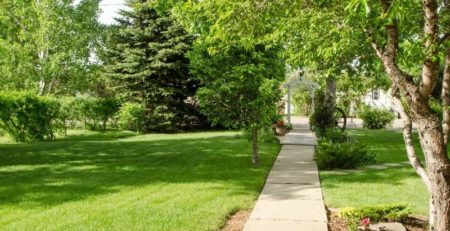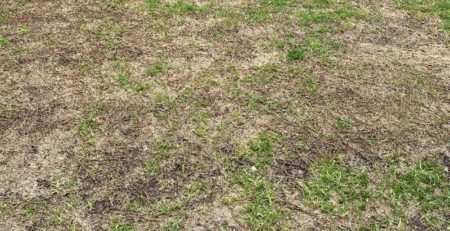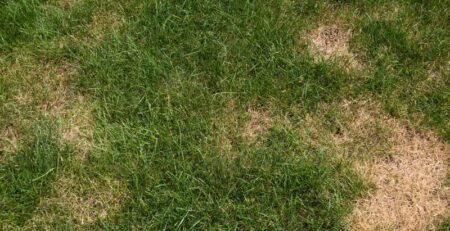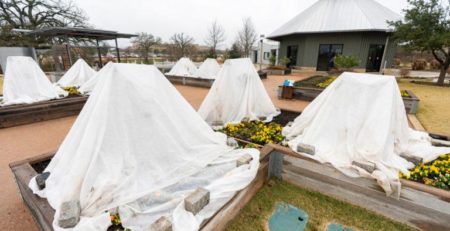Why do I have stressed, dying patches of St. Augustine turf that don’t respond to watering?
Q: Why do I have stressed, dying patches of St. Augustine turf that don’t respond to watering?
Your problem could be chinch bugs. The damage they do is often thought to be due to lack of water, but watering will not restore the affected grass.
Chinch bugs most often affect St. Augustine lawns, but they can also feed on Zoysiagrass, Centipedegrass, Bahiagrass and Bermudagrass. They generally affect the hottest, sunniest parts of the lawn, producing irregular areas of stressed, dying turf.
Circular or semicircular areas of dying turf suggest a fungal disease rather than insect damage. Irregular patches of dying grass that lack roots and are easy to lift off the soil, could indicate grubs.
To verify that chinch bugs are the problem before you treat, get down and look closely at the grass. Separate the grass to expose the thatch and soil in an area along the boundary between dead or dying grass and healthy, unaffected grass. You’re trying to find tiny chinch bugs scurrying around. Consider treatment if you find 20-25 bugs per square foot.
As an aternative, you can press a 4-6” metal can with both ends removed into the soil. Fill it with water to cover the turf and look for chinch bugs floating in the water. Two bugs in a 4” can or four to five bugs in a 6” can indicate a problem severe enough to consider treating.
Treat chinch bugs using a commercial product labelled for chinch bugs in your type of turf grass. Be sure to read and follow all label instructions.
Texas A&M AgriLife Extension provides additional information (https://agrilifeextension.tamu.edu/library/landscaping/chinch-bugs/) and images of chinch bugs (https://agrilifeextension.tamu.edu/library/landscaping/chinch-bugs-in-st-augustine-lawns/) with their online educational materials.




